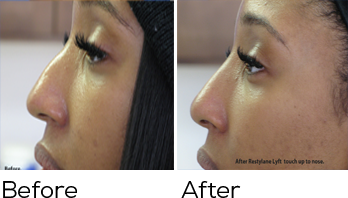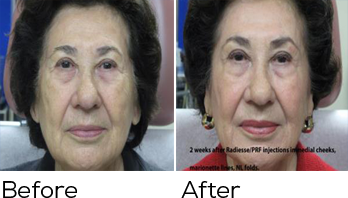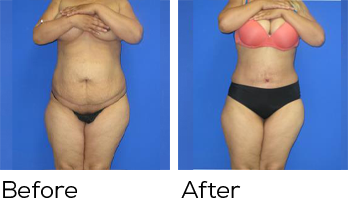Breast Revision
Conveniently located to serve the areas of Lake Oswego, Portland, OR and Woodburn, OR

Breast revision, also called implant exchange, is intended to correct previously enhanced breasts if a patient needs new implants, or if the patient is unhappy with the shape or size of their breasts. In many cases the patient has had the breast implants for many years and due to changes in their body size, age or pregnancy the breast implants need to be replaced.
Contents
Reasons For Breast-Implant Revision Surgery
Unhappiness With Size Of Implants Chosen
Wanting a different implant size is the most common reason that a patient seeks revision surgery. A patient is advised to wait up to 1 year after the initial procedure before undergoing revision surgery; time is needed before swelling subsides and the implants settle, allowing for a true evaluation of the surgical outcome. Exceptions are when there is a pronounced asymmetry between the breasts, or the implant has leaked or ruptured.
During revision surgery, the incisions made during the initial surgery are often used to remove the implants and replace them with either larger or smaller ones. If larger implants are wanted, the pockets in the breasts that hold the implants are made larger. If smaller implants are wanted, the pockets are made smaller using sutures; a mastopexy (breast lift) may also be performed.
Implants Are Leaking
Implants can leak because of age or defect, injury to the breast, or overfilling. Whatever the reason, a leaking implant should be replaced as soon as possible. The incisions made during the initial surgery are often used when replacing the implant.
A leak to a saline implant is immediately noticeable; the implant deflates and the saline is absorbed by the body. When there is a leak in the types of silicone implants used today, because the silicone is designed to hold its shape, leaks are often only discovered during routine mammograms.
Implants Are Causing Complications
There is always a risk of complications from a breast-implant procedure. They include wrinkling and rippling of the implant (usually a saline implant); capsular contracture, in which scar tissue forms around the implant, hardening the breast and changing its look and feel; and symmastia, in which the implants drift together and meet in the middle of the chest.



